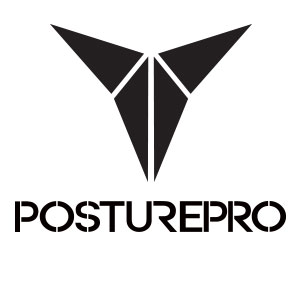By Mat Boulé
One of the most popular sport on earth is F1 racing. It is an amazing blend of technology, sciences, physical fitness, guts and craziness. The thought that goes in calibrating the car is at the very least humbling to sports performance specialists that work on humans.
If anything, F1 racing can be seen as the model to emulate when the goal is to improve how a human being can move his body in space. On that note, there are a few similarities that are interesting to make between F1 racing, the car, the pilot and the athletes we care for. For one, in F1, there is the understanding that the tracks are demanding. They are sinuous and demand for fast accelerations and decelerations.
How similar is this to a running back having to find its way to bring the football across the field? It is very similar! So how do you make a running back more efficient? How do you increase performance in a hockey player who needs to shoot and score? You follow the equation USSR!
U = (S1) Strength x (S2) Speed = Reaction time
Where sports and conditioning specialists excel is in the (S1) Strength department. Countless techniques have been developed to make athletes stronger. Strength is definitely a component of the sports we love in America. A stronger athlete can also be, by ricochet, a faster one. That’s even more so the case in sports where proprioception is more important than exteroception.
Proprioception is how you can pick up on where your body is in space. It’s the muscles spindles (sensory receptors in muscles) that tell your spinal cord and your brain how to behave to accomplish the task at hand. Exteroception is how you can perceive your environment so that move in time and space as to accomplish your goal.
 The 100-meter sprint is a great example where strength leads directly to more speed. Then again, exteroception plays a small role in this sport. To add to it, reaction time is to an auditory stimulus, not a visual one. Reaction time to a visual stimulus can be trained and improved. And this is key to sports performance.
The 100-meter sprint is a great example where strength leads directly to more speed. Then again, exteroception plays a small role in this sport. To add to it, reaction time is to an auditory stimulus, not a visual one. Reaction time to a visual stimulus can be trained and improved. And this is key to sports performance.
What is the point of so much strength if you are not able to react quickly?
You can have strength and speed but it’s how you react to your environment that allows you to express that strength and speed for the right purpose. Your reaction time needs strength and speed to be meaningful, yet if you are not reacting fast enough, all that strength and speed is wasted.
The equation is simple:
U = (S1) Strength x (S2) Speed = Reaction time
So, you may ask, how do you improve reaction speed?
There are two ways:
1) Improve proprioception
The quickest way to improve proprioception is Posturology. Posturology calibrates the body in the 3 planes of space so that each muscle is ready to fire. Each and everyone of the 640 muscles of the body are at their optimal length-tension relationship, ready for action.
2) Improve exteroception
Exteroception is vastly provided by your vision. 40% of your brain space is reserved for vision. You then act upon what you see. How do you improve vision? What’s actually important, once vision has been corrected (if necessary) by an optometrist, is to improve how fast your eyes move together!
Can you train your eyes to move together, faster? Yes. Will it improve how fast you see the game unfolding? Absolutely. Think that makes you a better athlete? You bet!
Reaction time is dependent on how proprioceptive your body is and how accurately you can read your surroundings. Posturology and Brain Exercises, that focus on the integration of your sensory-motor capabilities, do just that!
Not only can you improve reaction time, you can do so in order to display the strength and speed you have built in the gym so that you can shine on the field!
[youtube_sc url=”https://youtu.be/mnBd6d1E_0U”]
If you like this article please share the article and tag your friends.
The Posturepro Team
Superior Performance
Copyright © 2014 Posturepro™







